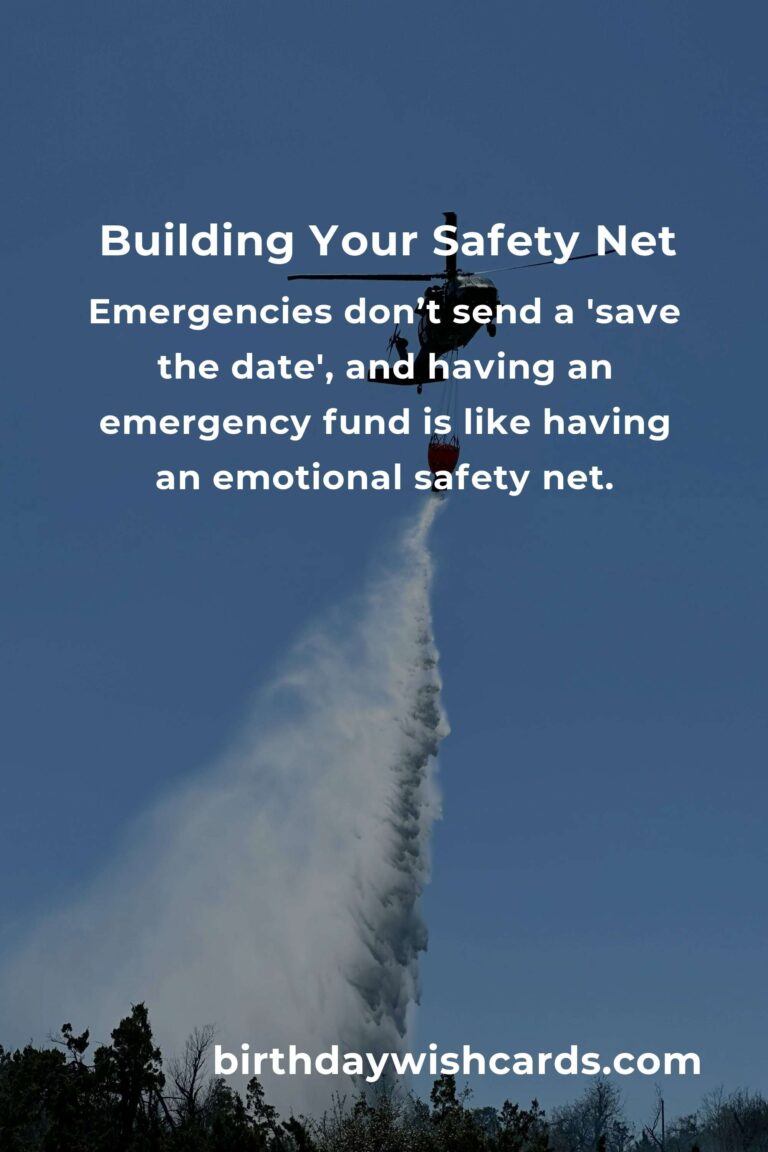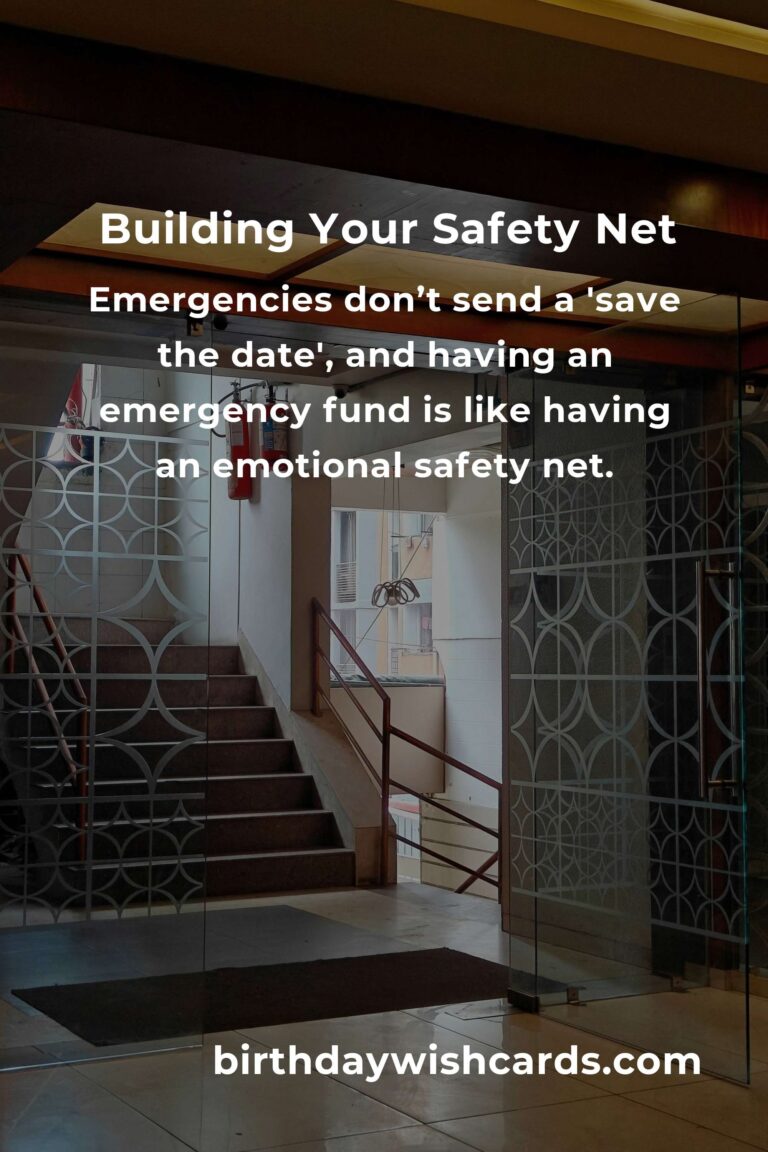
Life is unpredictable. We’ve all been there, standing at the edge of uncertainty, wondering how we’ll manage when the unexpected happens. In 2025, the importance of having an emergency fund is more critical than ever, as the world continues to transform in ways we couldn’t have imagined just a few years ago.
Why Every Heart Needs an Emergency Fund
Picture this: It’s a bright Tuesday morning, and you’re getting ready for work when your car decides it’s had enough. Or maybe it’s the sudden medical expense that wasn’t part of your budget. These scenarios remind us that emergencies don’t send a ‘save the date’. Having an emergency fund is akin to having an emotional safety net, offering peace of mind and security.
An emergency fund is not just about money; it’s about freedom. Freedom from the anxiety that comes with financial instability and the ability to face life’s hurdles with resilience and grace. But how do you start, especially if you’re new to the world of personal finance? Let’s walk through it together.
Step 1: Understanding Your Financial Landscape
Before building an emergency fund, take a moment to understand where you stand financially. Reflect on your monthly income and expenses. How much do you earn? What are your essential expenses? By assessing your financial health, you can determine how much you can realistically set aside each month without feeling deprived.
Try to track your expenses for a month. Use apps or simple spreadsheets to jot down every penny spent. This exercise is not just about numbers; it’s about becoming mindful of your spending habits and understanding where you can tighten the reins.
Step 2: Setting a Realistic Savings Goal
For beginners, the idea of saving three to six months’ worth of expenses can feel daunting. Let’s break it down into bite-sized goals. Start with a smaller, more achievable target, like $500. Once that’s achieved, aim for $1,000, and gradually build up from there. The key is to start small and stay consistent.
Remember that every small amount you save is a step towards financial security. Celebrate these small wins, because each dollar saved is a testament to your commitment to future stability.
Step 3: Making Savings Automatic
Automation is your best friend when it comes to saving. Set up an automatic transfer from your checking account to your savings account on payday. This ‘set-it-and-forget-it’ approach ensures that you’re consistently contributing to your emergency fund, without the temptation to skip a month.
Consider opening a separate account specifically for your emergency fund. This separation helps to mentally reinforce the idea that this money is untouchable except for true emergencies.
Step 4: Embracing Frugality Without Sacrifice
Frugality doesn’t mean deprivation; it means making intentional choices about how you spend your money. Find joy in frugal living by focusing on what truly matters to you. Maybe it’s cooking at home more often or finding free community events instead of pricey entertainment. Embrace a lifestyle that allows you to save without feeling like you’re missing out.
Share your journey with friends and family. You’ll find that many people are on the same path, and you can swap tips and encouragement along the way.
Step 5: Staying Motivated and Adjusting as Needed
Staying motivated is crucial. Create a vision board or write down your financial goals and place them somewhere visible. Remind yourself why you started—perhaps it’s for peace of mind, family security, or the freedom to pursue dreams without financial constraints.
Life changes, and so should your savings strategy. Every few months, reassess your financial situation. Did your income increase? Have your expenses decreased? Adjust your savings rate accordingly.
Facing Challenges Head-On
Building an emergency fund is not without its challenges. There will be months when saving seems impossible due to unforeseen expenses. It’s during these times that your perseverance is tested. Remember, it’s okay to stumble, as long as you get back up and keep moving forward.
Reach out to a financial advisor if you need personalized guidance. Sometimes, having a professional opinion can provide clarity and confidence in your financial decisions.
In 2025, the journey to financial resilience is a path that many walk, hand in hand. By starting your emergency fund, you’re not just saving money; you’re investing in peace, opportunity, and a future where you can face life’s uncertainties with courage and compassion.
Emergencies don’t send a ‘save the date’, and having an emergency fund is like having an emotional safety net.
Every small amount saved is a step towards financial security, and celebrating these small wins is vital.
Automation is your best friend in saving, ensuring consistent contributions to your fund.
Frugality is about making intentional choices, not deprivation, and finding joy in what truly matters.
Staying motivated is crucial, with reminders of your goals and adjusting your strategy as life changes.
#EmergencyFund2025 #FinancialPeace #SavvySaving #FrugalLiving #FutureReady

